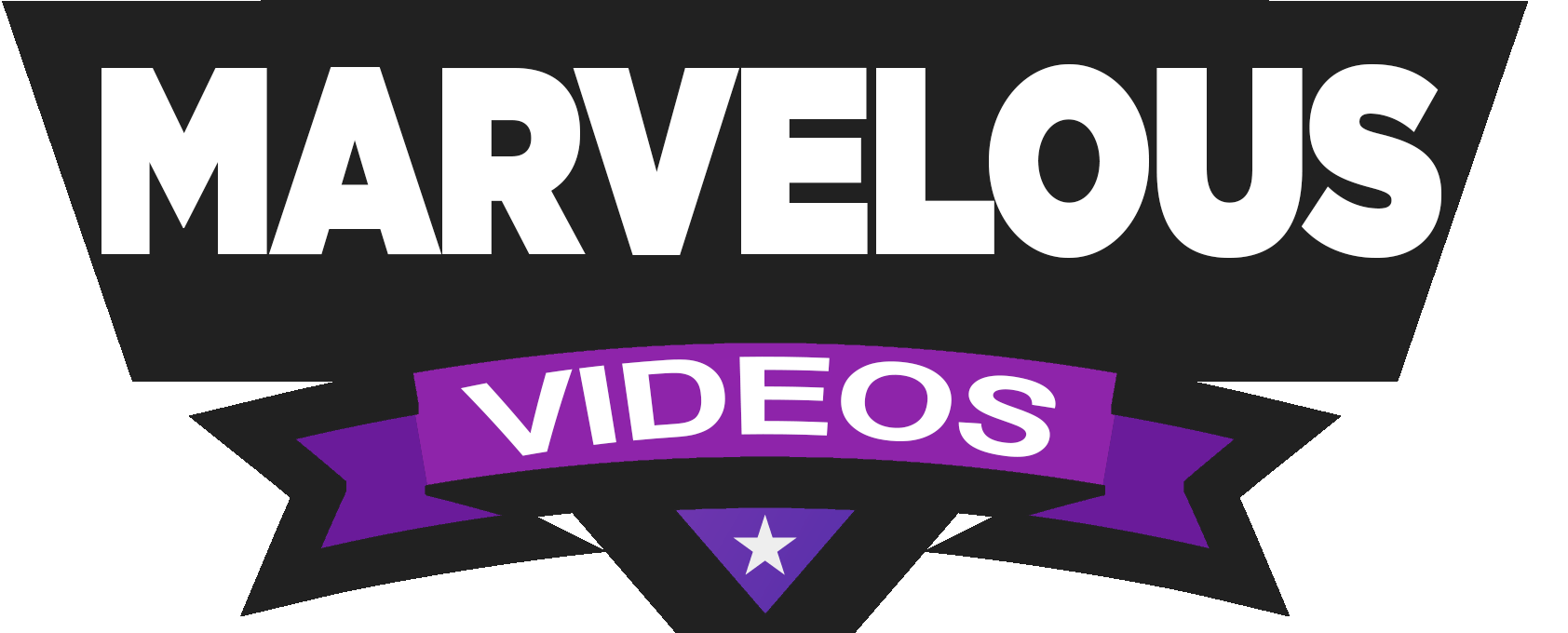When you think of cartoons, you probably think of lighthearted animation with comedic relief. Even though most cartoons are aimed at children, it is astonishing how often deeper ideas and mature subjects are incorporated by their producers.
Given that most cartoons’ target audience consumes their content throughout their formative years, these shows play a significant role in developing and molding us into the individuals we are. While many of the overtones and emotional subtleties prominent in 1990s cartoons may be difficult for children to pick up on, they tend to permeate into the subconscious very effortlessly.
Adults who were children when the cartoons aired but are now on a rewatch binge thanks to streaming services, having a superhero to look up to is wonderful, but it is even cooler when the superhero who can defeat any evil shares their emotional nuances.
The greatest accomplishment of cartoons in the 1990s was that censorship was not as severe as it is today. Creators were able to get away with a lot of implied adult humor, which is common in Nickelodeon’s Spongebob Squarepants. Cartoons could also be used as a form of social commentary or emotional release.
In this video, we will look at eleven animated programs from the 1990s that are typically intense and sophisticated, with darker overtones than you would anticipate from a typical children’s animation.
Before we get started with the programming, we have a tiny request for our viewers. Please consider being a Marvelous Videos subscriber. Like and comment on our videos, and click the bell icon to be notified when we add new ones. We would be grateful, and we hope to provide you with the greatest nerdy stuff possible. So, without further ado, let us get started with this video.
Batman: The Animated Series (1992)
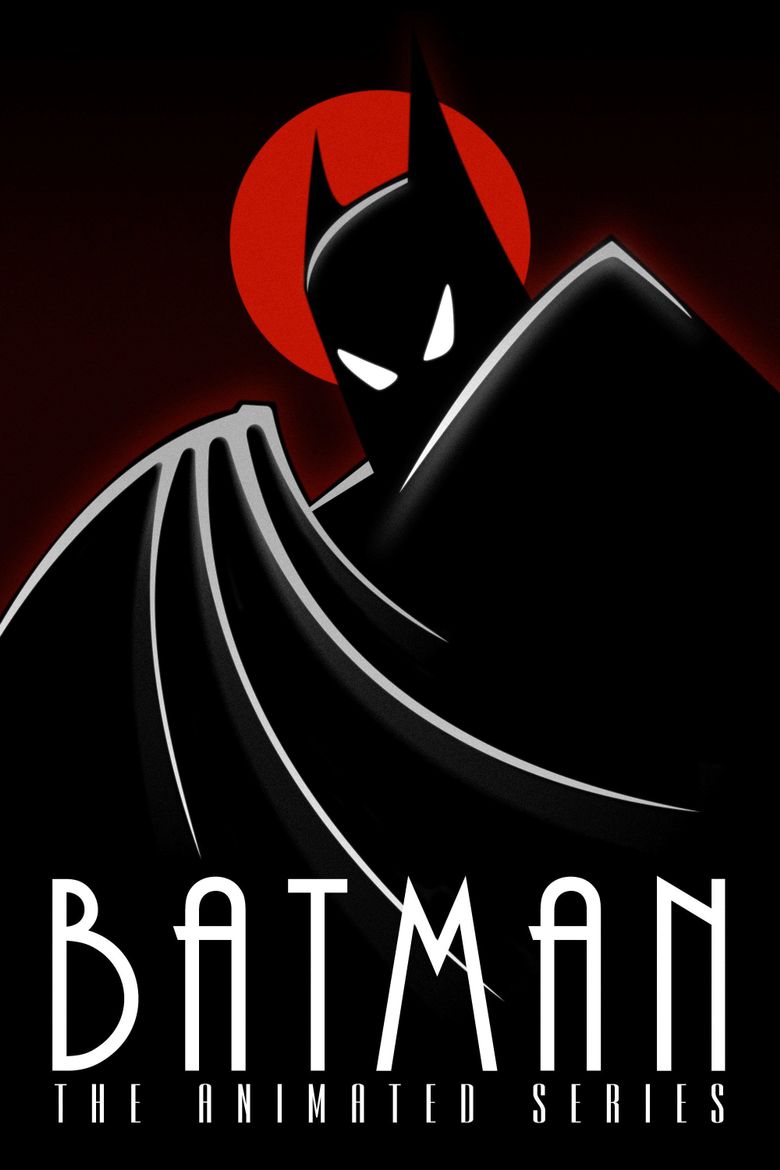
Before Christopher Nolan’s Dark Knight Trilogy became one of the most popular Batman adaptations, there was Tim Burton’s Batman in 1989, followed by Batman: The Animated Series in 1992. Bruce Timm, Mitch Brian, and Paul Dini teamed up to translate the stories of Batman for its 1992 cartoon adaptation which laid down the framework for future adaptations of the Dark Knight and consolidated its already humongous fanbase.
The series has a very unique animation style that takes inspiration from cubism, futurism, art deco, and dieselpunk elements. It has been a heavy influence for several cartoons in the 90s itself, one of the most notable ones being the 1994 Disney series Gargoyles 1999 animated series Cybersix.
As Batman tends to be more realistic and often, more mature compared to other superheroes such as Spider-Man, Superman, or He-Man, its fanbase transcends the age-restricted boundaries and gives the Bat-fans from older age circles. So, the animators and writers of the series tend to keep the range of its wider audience in mind while adapting the shows. This makes things a bit tricky for Batman: The Animated Series as it has to appeal to its older audience while being kid-friendly.
There’s not much one can say about Batman’s backstory anymore. Bruce Wayne’s parents Thomas and Martha Wayne get killed by criminals after which the heir to Wayne Enterprises swears vengeance on all the criminals of Gotham City. He trains physically, looks over Gotham as the Bat, is aided by his butler Alfred, you know the drill.
The cartoon narrates the stories from the Dark Knight comics, which tends to get a wee bit heavy with the action and the violence, making it less suitable for kids. With plenty of plot twists and intense dialogues, some kids might prefer to tune into something more light-hearted such as Duck Tales or Teenage Mutant Ninja Turtles. But for millennials who now wish to look back on the cartoons from their childhood, Batman: The Animated Series often becomes the top choice. Even though it retains the comical flavors, the series also makes you empathize with the villains and relate with its characters. The feels are real.
The characters have compelling backstories. The realism blurs the lines between a fantasy cartoon and real life. This is particularly felt by the adult audience when they return to the world of Batman as he deals with the crimes in Gotham City.
One of the trademark features of the Dark Knight is his low-pitched voice and Kevin Conroy does a fantastic job with it as he steps into the shoes, or maybe, the wings of the Bat. The unique character design is also heavily responsible for making the series a cult classic today.
Spider-Man: The Animated Series (1994)
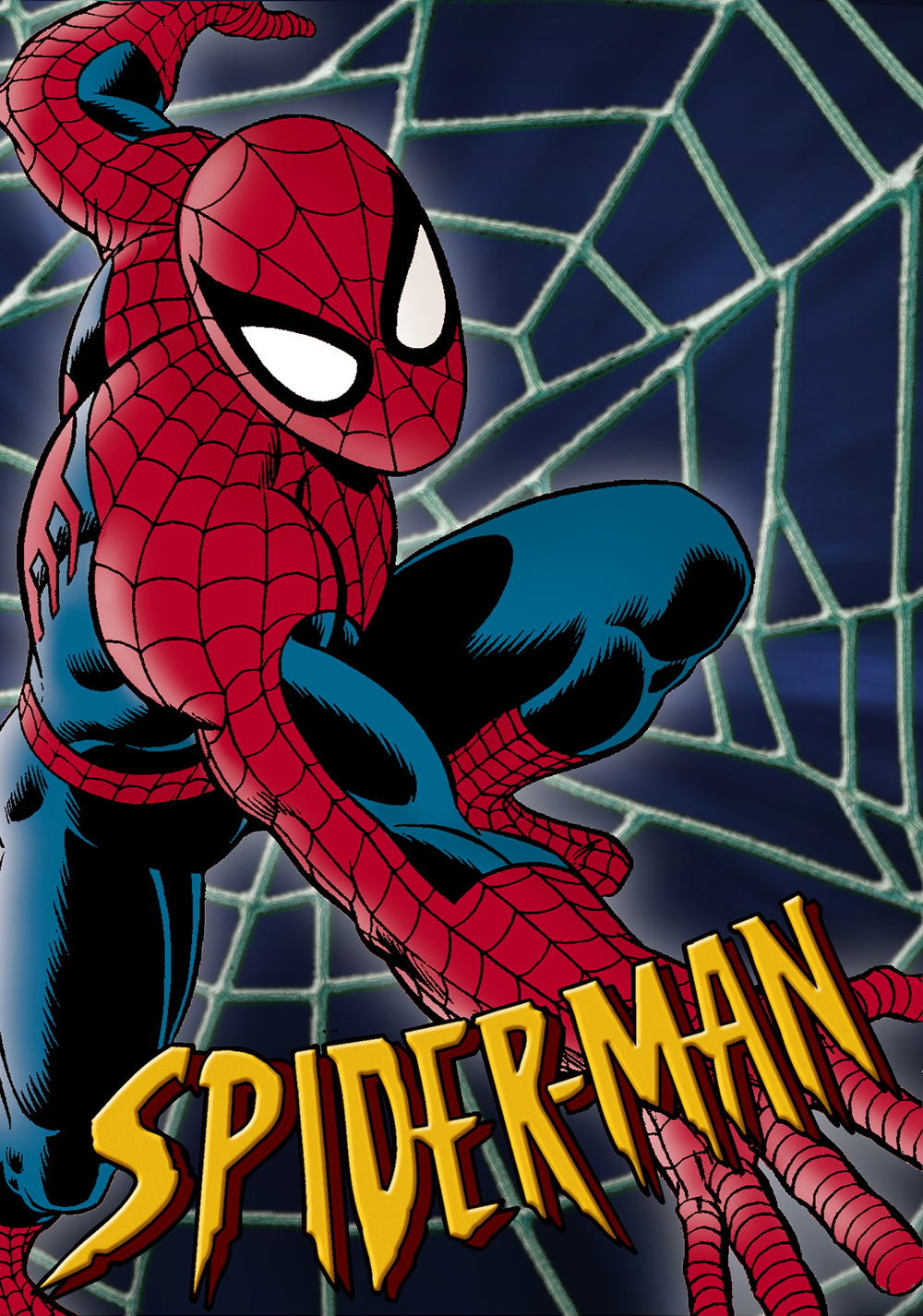
Even though DC has churned out several fantastic cartoons during this era, it would be wrong for anyone to think that Marvel slacked off in the department. Spider-Man: The Animated Series came out in 1994 and took the world by storm. Spider-Man was already ridiculously popular, if not the most popular, and with the premiere of this cartoon, the sky became his limit.
The show ran for five seasons as it narrated the story of a nineteen-year-old Peter Parker. He was a first-year student at Empire State University and as you may already know, a part-time photographer for the Daily Bugle. After the death of Uncle Ben and becoming Spider-Man, Peter tries to adapt to his new life.
There’s a fun fact to this. You must be very well aware of Sam Raimi’s Spider-Man trilogy with Tobey Macguire in the lead. The Spider-Man Animated series is meant to be a series that ties into its honorable live-action adaptation.
The biggest adversary faced by Spider-Man here was not the villains but in fact, the heavy censorship it had to undergo. In fact, no other Marvel cartoon from the 90s was subjected to similar censorship. Most of the action in the cartoon was just Spider-Man swinging his kicks or dodging attacks. The violence was minimal and similar to many other cartoons, the rule of Never Say ‘Die’ was prevalent through and through. However, well-written stories helped in compensating for a lack of vibrant action, even though plots were often altered from the comics to make it more kid-friendly.
Something Spider-Man is renowned for is its wide arsenal of interesting villains in its storylines. Carnage, Kingpin, Venom, Doctor Octopus, Mysterio, Norman Osborn, and several others made their appearances in the cartoon, opposing one of the most popular superheroes in pop culture. This was also a reason alongside the censorship that certain plots were changed. The series wanted to introduce Venom early on for which they needed to play around with the timeline. And with new villains appearing on the regular, every episode remained novel and exciting. Considering kids have a smaller attention span, this trick worked like a charm.
Apart from villains, several popular Marvel heroes also appeared in the cartoon. The X-Men, Iron Man, Nick Fury, Captain America, and S.H.I.E.L.D were seen in the series.
Fortunately, Spider-Man retains its tone and characterization from the comics. As a kids’ cartoon, many of its elements tend to be slightly corny or cheesy but stylistically, the Spider-Man Animated Series follows its source material and does an accurate depiction of the Spider-Man mythos.
Gargoyles (1994)
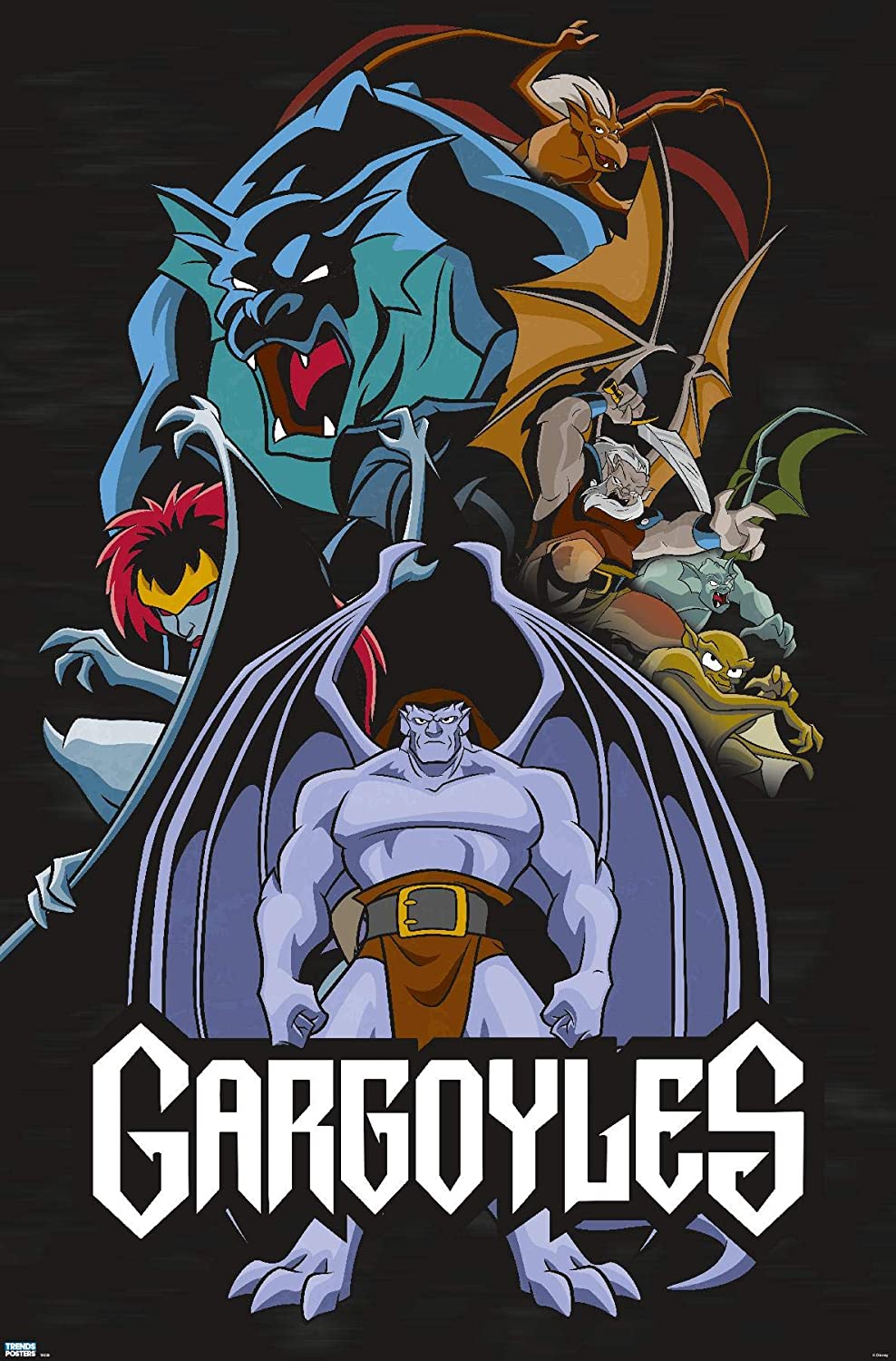
Gargoyles is an American cartoon that aired from October 24 in 1994 to February 15 in 1997. Produced by Walt Disney Television Animation, the makers of Gargoyles also collaborated with Tama Productions and Jade Animation in its first two seasons and worked with Nelvana for the final one.
The storyline revolves around a species of nocturnal creatures. These creatures are known as gargoyles and no, they’re not nocturnal due to bad time management and a terrible sleep schedule but because they turn into stone during the day. Their clan is led by Goliath, the protagonist.
The year is 994. Gargoyles, while petrified in the day, have been betrayed and killed by the humans. The surviving ones are under a curse of sleeping or being frozen as a stone piece until the castle where they reside ‘rises above the clouds’.
Things begin to change after a thousand years when the billionaire David Xanatos purchases that very castle. He gets it reconstructed atop the Eyrie Building, which is a skyscraper in New York. It allows the castle to literally rise above the clouds, breaking the curse of the remaining petrified gargoyles. Rejuvenated in a new millennium altogether, the gargoyles from a thousand years ago try to adjust to the modern world of 1994. Elisa Maza, a police officer, often helps them during their conflicts with Xanatos. Not only does the story deal with the gargoyles trying to adjust to the modern world but, they are also faced with several supernatural threats that threaten their safety as well as the world.
These Gargoyles live up to the expectations of being on the darker, edgier side as elements of dark fantasy and horror are quite rampant in the cartoon. Gargoyles are generally mild-mannered and anthropomorphic but terrifying when angered. Among some of the special abilities that they exhibit, they were really good at climbing walls when battling.
The tone of the cartoon is darker. There’s melodrama involved and some story arcs can be confusing for several kids. It also toyed around Shakespearean themes but that was not the only place it drew its inspiration from. The Batman: The Animated Series and cyberpunk were big inspirations for this animated show.
It was later renamed The Goliath Chronicle after the show was canceled in 1996 due to lower ratings. It did get rebooted for the Saturday Morning Lineup.
The concept of gargoyles as a mythical creature became quite popular and Disney brought it back in its 1996 movie The Hunchback of Notre Dame.
Cybersix (1999)
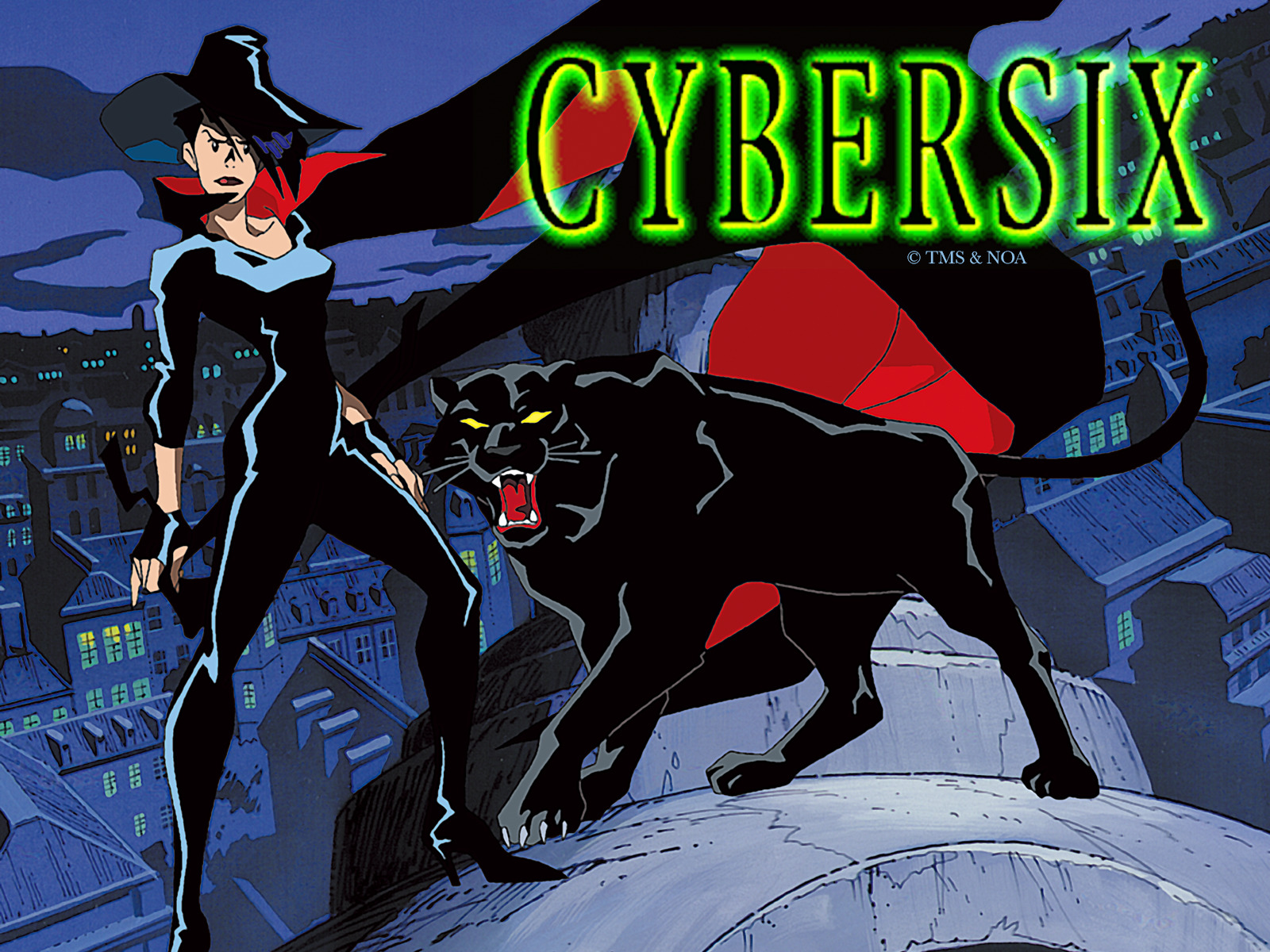
Cybersix is originally an Argentinian graphic novel series written by the late Carlos Trillo and Carlos Meglia. The comics ran from 1991 to 1993 while its cartoon adaptation first hit the screens in 1995. However, it was canceled due to low ratings before taking over Fox Kids in 1999.
The series takes place in Meridiana, a fictional city that has been attacked by the monsters ‘Fixed Ideas’ several times. Von Richter and his son, Jose, are the primary antagonists of the show with Von being a mad scientist. His biological experiments were also involved in the list of menaces that plagued Meridiana. But for every villain, there’s a hero (or in this case, a heroine) to save the day. Cybersix was originally one of the Richters’ cyborg experiment codes. She has super strength, superhuman agility, and electric powers, which she uses to fight her adversaries. And of course, just like most other superheroes, Cybersix has an alias as well – Adrian Seidelman, a male literature high school teacher. With her allies Lucas Amato, Data 7, and Julian, Cybersix fights the forces of Von Richter.
Her character is voiced by Cathy Weseluck, who has also voiced other characters in the dubs of popular anime such as Near from Death Note and Chaozu from Dragon Ball Z.
Animated by the Japanese animation studio TMS Entertainment Co. Ltd., also known as Tokyo Movie, Cybersix draws heavy inspiration from anime. This particular studio is renowned for animating Sonic X and Akira.
Cybersix is often considered to be a very progressive cartoon with a female superheroine taking the centre stage and the limelight. Despite having come out during a time when Powerpuff Girls or Sailor Moon ruled the sphere for shows with female leads, Cybersix tends to be more akin to Marvel or DC cartoons.
Even though Cybersix is a cyborg, her characterization is quite human and realistic. She does not win every fight. Mature themes are portrayed as Cybersix undergoes existential crises regarding her status as someone who is not human, despite looking like one, which adds more layers to her personality.
The show takes inspiration from another show animated by TMS, that is Batman: The Animated Series. Both share a dark setting and the influence becomes more apparent during a Cybersix scene where she seems to have eyes like Batman as she darts towards a shadow.
Even though the cartoon steps down from the comics when it comes to the more intense stuff, it still manages to retain some of its darker storylines such as the plot point dealing with Data 7’s backstory and its human/animal experimentations.
Despite all the great things about the show, several fans remain disappointed with its ending as the fate of Cybersix remains unknown following the events of the explosion.
Exosquad (1993)

American South Korean cartoon series Exosquad is a response to Japanese animation or anime. It was created for the syndicated programming block for MCA TV’s Universal Family Network by Universal Cartoon Studios.
Cartoons and anime, despite falling under the same medium of animation, are often thematically different. Where cartoons are generally more light-hearted, comical, and caricature-oriented, anime tends to have stories that are more mature, highly conceptual, and layered enough to appeal to a significantly older audience. Even today, cartoons do not venture into the same thematic territory as anime but Exosquad is an exception.
The story is set in a timeline where several decades have passed following the colonization of Venus and Mars by Earth. Together, these three planets are known as The Homeworlds. After fifty years, a civil war breaks out between the planets. Humans from Earth go against the Neo sapiens – a race of superhumans that have been created artificially. As the climatic conditions of Venus and Mars do not support human life, Neo sapiens has been created as a race that is physically much advanced so that it can adapt to the harsher environments of the planets.
They were generally used as slaves by humans for the terraforming process. The exploitation made the Neo sapiens grow resentful towards the humans and following the poor treatment they received over and over, they decided to rebel. Many were quelled but the rebellion had some perks – an alliance was forged between the humans and the Neo sapiens but it wasn’t strong enough.
There were other factions who existed in the galaxy and took space on the interplanetary board. Human criminals were banished from Earth to the outer planets of the solar system. They went on to form pirate clans in the other planets with the objective of scavenging the Homeworld Vessels – Earth, Venus, and Mars. They also wanted to wreak havoc on humanity, having been treated poorly by them. The pirate faction is crucial for the storyline to take off as it causes the initial conflict as the plot is exposed. After this, the Exosquad is dispatched to quell the rebellion.
However, the Neosapien Governor of Mars, Phaeton also conducts a rebellion and takes over the Homeworlds as the military force of the humans had been dispatched far out into the solar system. This triggers the civil war between the humans and the Neo sapiens, the events of which unfold in the course of the next 52 episodes.
The cartoon was inspired by the mecha anime series Mobile Suit Gundam. This was attested by Will Meugniot, the executive producer of Exosquad. Some of the Neosapien rebellion battles were in fact, modeled after the battles of Berlin, Okinawa, and The Battle of the Bulge.
Unfortunately, independent production companies were being taken over by larger networks, which caused Exosquad to get canceled. This is ironic in a way since the show itself deals with weaker places getting taken over by humans who have more power in society.
Aeon Flux (1991)
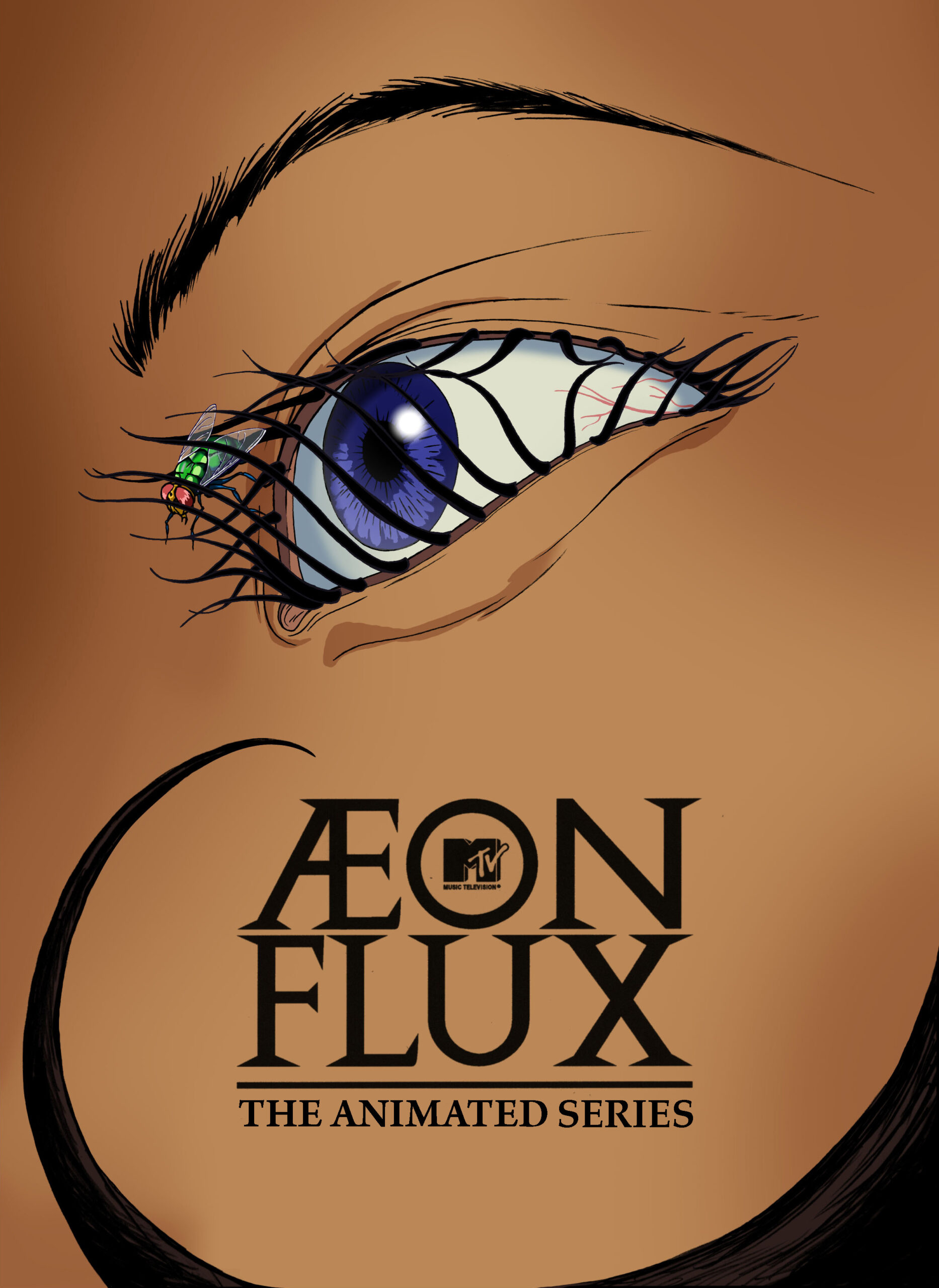
Experimental and avant-garde, Aeon Flux is a sci-fi animated series that aired on MTV. It premiered on November 30, 1991, and ran till October 10, 1995. It went on to have film, comic, and game adaptations.
Liquid Television by MTV dealt with experimental animations that branched out to a wider range of a mature audience before the early 90s. One of its most impactful animated series was Aeon Flux. Those who haven’t watched the cartoon might associate the name with the 2005 action movie with Charlize Theron but even back in the 90s, it was a pretty big deal among animation nerds.
Depiction of morally complex female characters gained traction in the 90s with Cybersix from Cybersix, Asuka, Misato, Ritsuko, and maybe Rei from Neongenesis Evangelion, and in this case, Aeon Flux from Aeon Flux.
The series deals with a dystopian future that has undergone climatic catastrophe, leading to the extinction of several humans. Two sister cities have been formulated to host the survivors, namely, Bregna and Monica. Aeon Flux is a spy from Monica who infiltrates the Utopian city of Bregna. Bregna turns out to be less of a Utopia and more of a place ruined by totalitarian political turmoil that has been hidden under the garb of a false Utopia. Basically, it is a rucksack with a Gucci belt.
Aeon shares kind of a sexual relationship with her fascist adversary Trevor Goodchild but that relationship is only implied. The two are moral opposites. As Trevor appeals for a fascist state, while he closes the narration, Aeon is vocal about standing against Trevor’s belief. Both of them reach different conclusions after ruminating about cruelty and human weakness. The two debate and there’s romantic tension but the idealistic differences are too drastic for a union. Trevor is hungry for power and Aeon is here to oppose him.
Humans like to be free and watching the lead character with a strong moral compass makes the audience side with her. The show also hints at her having short flings and queer relationships, the portrayals of which are more commonplace today (such as Princess Bubblegum and Marceline from Adventure Time) compared to the early 90s.
The stories in the series have tragic endings as Aeon never gets through to Trevor. But, she never lets him win either, which is kind of a hopeful scenario. The series is not only experimental thematically but also artistically. It gets you to think and is much more comfortable dealing with complex emotions and thoughts, as it is made for a more mature audience.
X-Men: The Animated Series (1992)
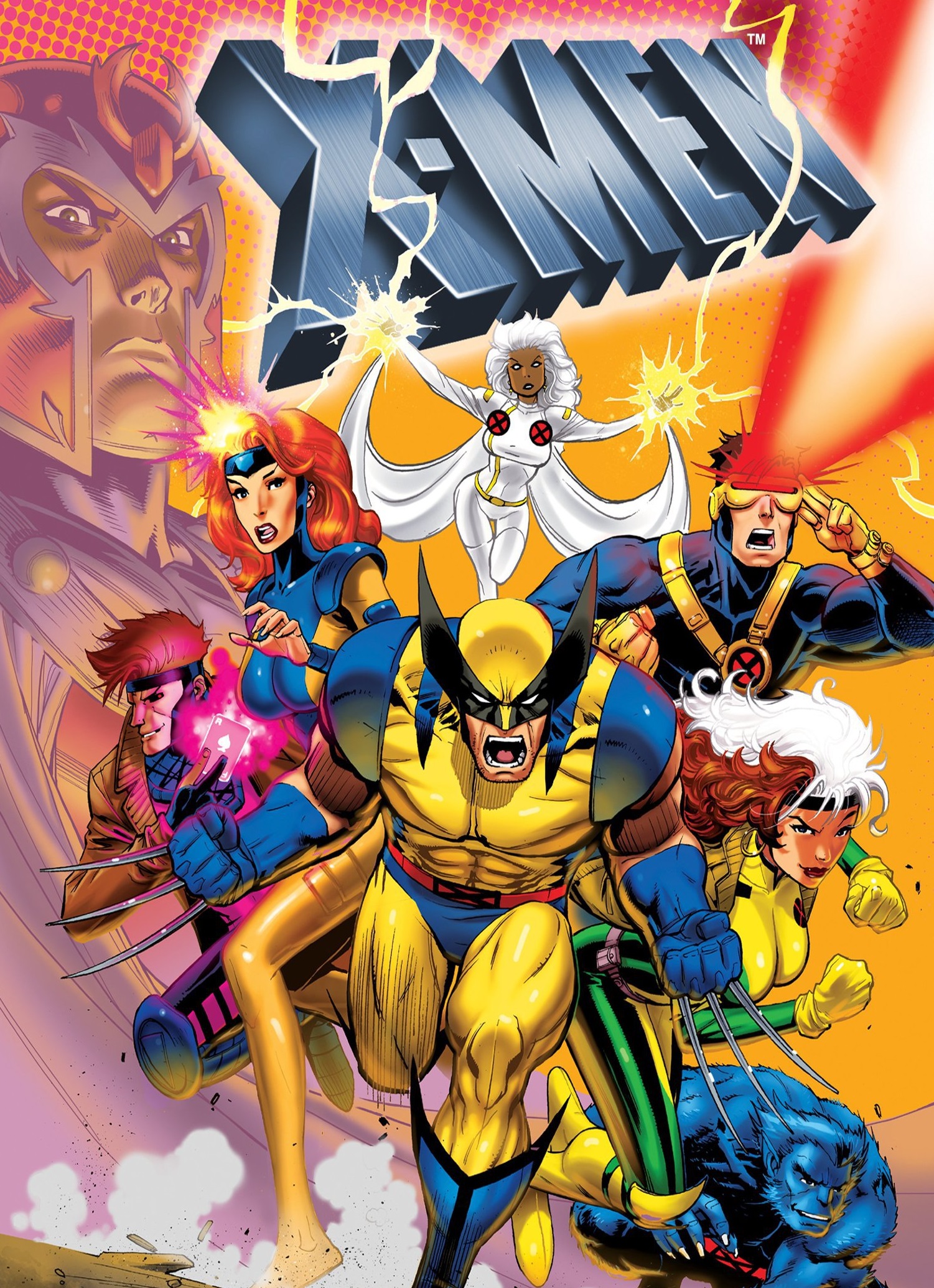
1992’s X-Men: The Animated Series is a Canadian-American superhero cartoon that aired on the Fox Kids Network. This was the second time Marvel Comics attempted to launch an animated series for X-Men, following the failure of the pilot of X-Men: Pryde of the X-Men, which was not picked up.
As X-Men deals with several superheroes which subsequently leads to several storylines, this series turned out to be the longest-running one for the franchise with five whole seasons. It originally intended to adapt as much of the comic as it could and successfully managed to do so with several of its most renowned storylines such as The Dark Phoenix Saga, Legacy Virus, Age of Apocalypse, Phalanx Covenant, and Days of Future Past.
Saying that the line-up in the cartoon was incredible would be an understatement. Cyclops, Professor X, Wolverine, Storm, Rogue, Beast, Jean Grey, Gambit, Morph, and Jubilee appeared in the series, which is now a testament to how memorable the show is. Morph is a shapeshifter who is a cartoon original inspired by the X-Men member Changeling.
As this video is about mature, intense, and dark themes, it is safe to assume that X-Men: The Animated Series dealt with several of them. Social issues such as divorce and hysteria around AIDS became topics of discussion in the series. More sensitive issues such as the Holocaust or religious themes of Christianity were brought into the limelight. No Mutant Is an Island was more personal for the masses as it dealt with feelings of loneliness. The episodes Longshot and Mojovision satirized television.
It would not be too far-fetched to say that being exposed to these very topics made many of us the people we are today and even though several adults were quick to dismiss the effectiveness of cartoons, reality stands to be very different.
Unlike many other cartoons where you can hop on to any episode without much exposure to its premise, superhero cartoons often require you to have some knowledge of its previously aired plot points. But considering the shows are made of kids and back then you couldn’t binge watch 30 episodes in a day unless you had purchased the VHS, the target audience of X-Men: The Animated Series is more likely to watch the show sporadically. So, the creators have to craft the stories in a way that new viewers can enjoy without feeling out of place.
Action sequences are of course a great way to hold one’s attention but many would believe that X-Men: The Animated Series has dealt with it in a weird way. Heavy Marvel lore was packed into the show and several characters were not provided with much of a background. This could leave newer audiences in the dark as they would not be able to pick up the references but once again, lore and trivia tend to be a very interesting concept for many others. So, every cloud does have a silver lining!
Batman Beyond (1999)
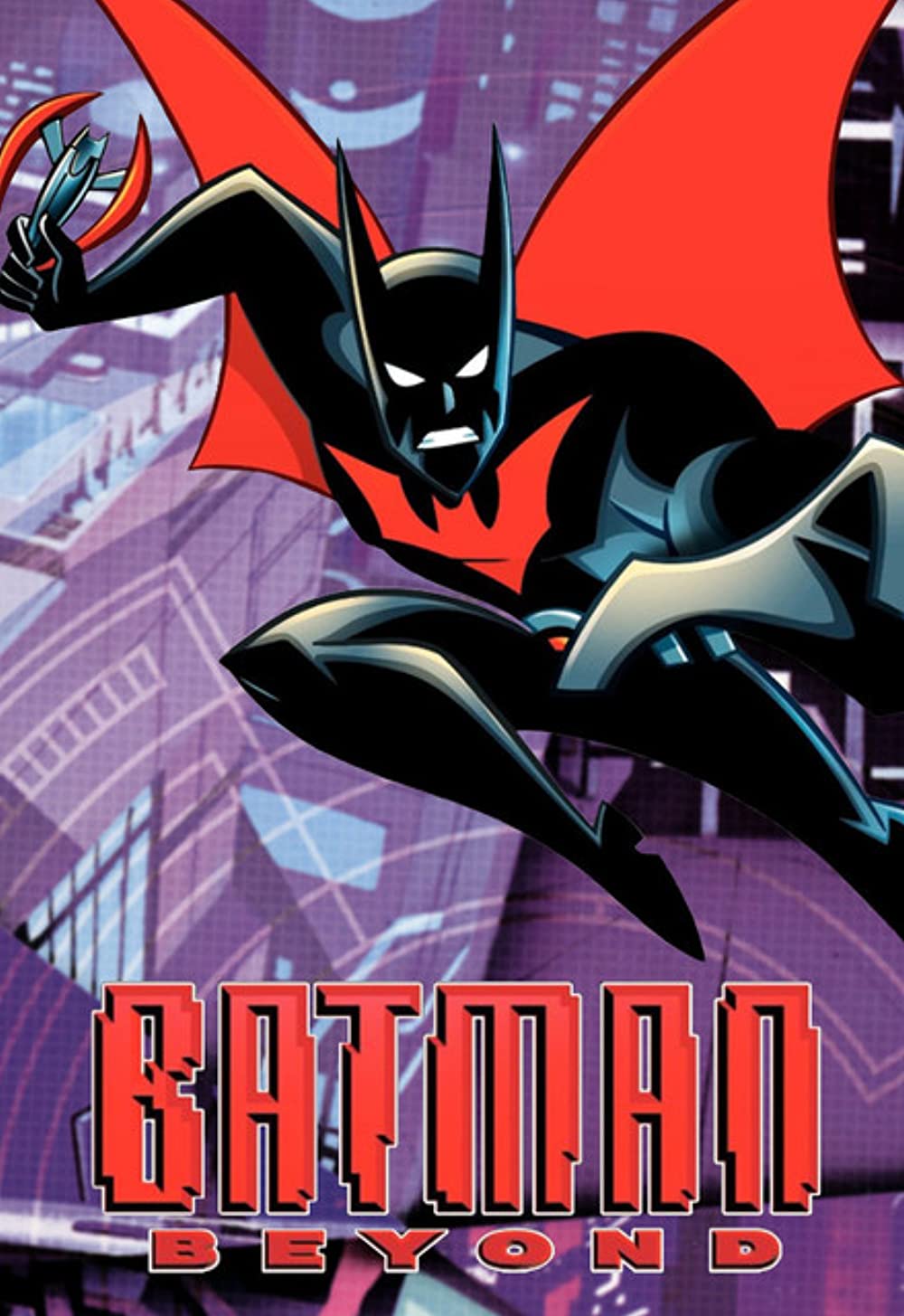
Batman: The Animated Series is considered to be a raging success and a cult classic. So, it only made sense for creators Bruce Timm and Paul Dini to return to the screens with The Dark Knight once again, this time with the help of Alan Burnett. As Warner Bros. Animation collaborated with DC Comics, Batman Beyond was born as the fourth series for DC’s Animated Universe, premiering on January 10, 1999, and ending on December 19, 2001.
The series is a continuation of Batman: The Animated Series and The New Batman Adventures. It deals with a futuristic Gotham City where a new teenage Batman is under the tutelage of an elderly Bruce Wayne in his 70s. Old age is causing his health to deteriorate. He has also suffered trauma from a past event before his health began to fail which resulted in him having to use weapons he considers to be cowardly.
Despite Batman having several reboots and adaptations in live-action, successful ones at that, several DC fans consider its animated works to be the pinnacle of Batman excellence. It makes sense to a large extent as animation as a format tends to be extremely versatile and there’s much more room to experiment with action sequences and voice acting when it comes to animation as compared to live-action. However, following them all lets you have a more coherent experience with the stories of Batman for both comic and non-comic fans alike.
Batman Beyond joins Batman: The Animated Series in the bandwagon of the narration of stellar Batman stories and acts as a great foundation before fans eventually dip their toes in the more mature Batman trilogy by Christopher Nolan.
With a futuristic Gotham at play, the depiction of 2039 requires a more stylized animation to represent the future so we get visuals inspired by Blade Runner. With Batman being a more mature superhero than most of its peers from both DC and Marvel, the stories told are also more complex. Batman Beyond is like one long story full of mystery, action, complexity, and most importantly, intriguing villains.
The stories deal with emotions, fear, personal relationships, and being futuristic, it also portrays the problems with society being affected by an excess of scientific innovation. These latter themes tend to be akin to science fiction and cyberpunk in general. But the most interesting theme that the cartoon plays around is Bruce Wayne’s psychology along with issues that a teenager would face, as the titular character just so happens to be a sixteen-year-old.
Substance abuse, child abuse, neglect, peer pressure, subcultures, school violence are topics that are discussed, making Batman Beyond significantly more mature than several other cartoons. However, Bruce Timm keeps the overall vibe of the cartoon more or less kid-friendly.
Courage the Cowardly Dog (1996)
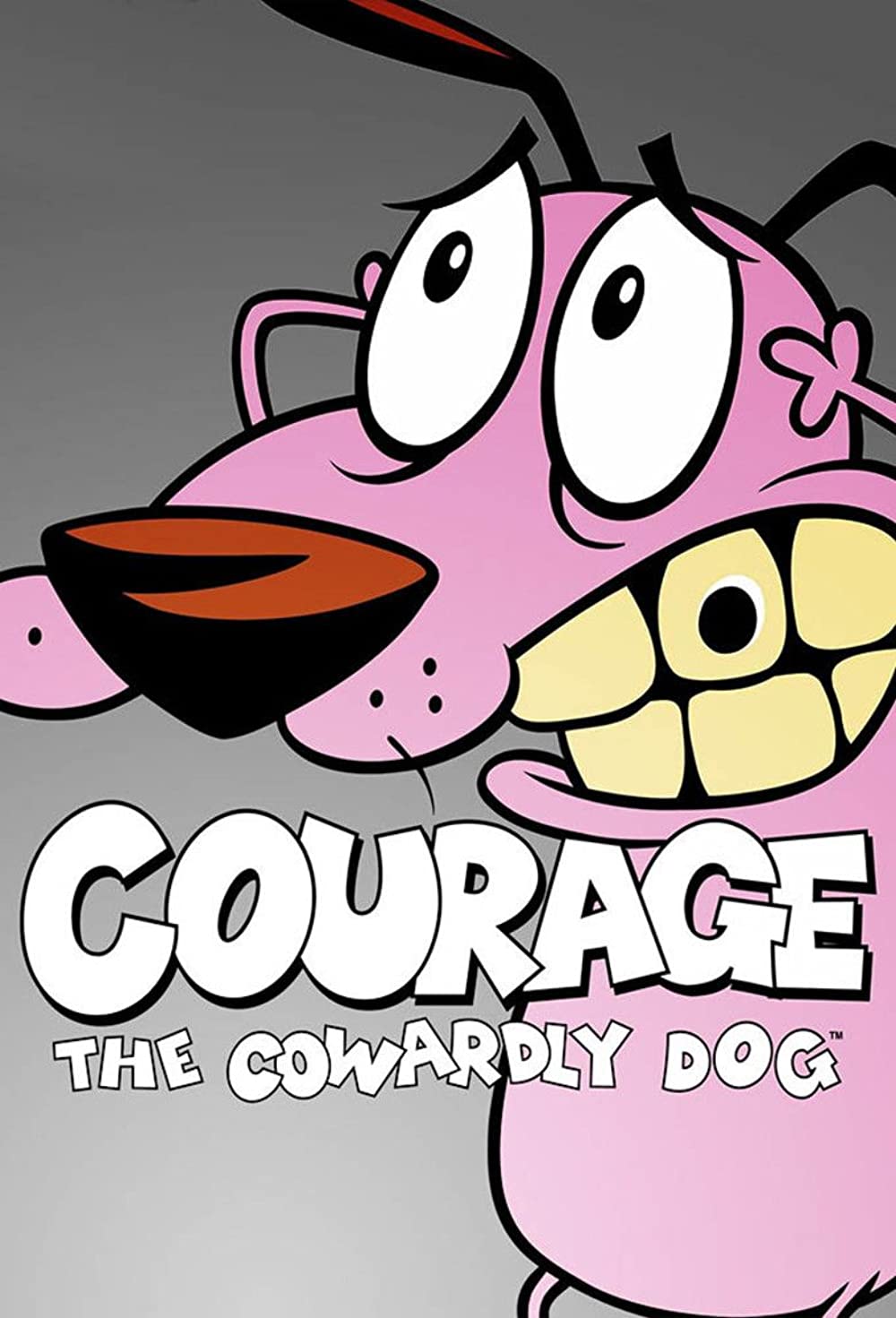
Probably the most interesting title for an animated series in this list, Courage the Cowardly Dog is ironic with the very apparent contrast present in the title. This animated comedy horror series created for Cartoon Network by John R. Dilworth is a shared childhood experience between several late millennials and early Gen-Z kids alike.
Anthropomorphic dog Courage lives in a farmhouse with an elderly couple, in “Nowhere”, which is an interesting wordplay, reminiscent of the mining planet Knowhere in Marvel. Even though it is just a cartoon for kids, its spooky elements make it quite the watch for Halloween, thanks to all the dark humor and horror in the show.
Courage lives with the Baggies. Muriel is sweet while Eustice is selfish and treats Courage poorly due to jealousy. Courage, aided by a sentient computer, fights his fears every week as he protects the Baggies from supernatural threats. The emotions dealt with in the show are ones you don’t get to see much in shows for kids and it does it all under a garb of silly cartoonish portrayals of its characters.
Throughout fairy tales, superhero comics, and fantasy novels, courage has been the factor that has allowed the heroes to take a stand against villains and for humanity. But in reality, no one really faces an extraterrestrial threat that they must stand against. That does not mean that no one even falls in the position where they need to be courageous.
Rather, courage in real life is different. It takes real courage to come to terms with your own feelings. And it takes courage to love. In Courage the Cowardly Dog, Courage deals with his fears and puts his own life in jeopardy to protect the ones he loves.
He was abandoned as a puppy after a cruel vet sent his parents to outer space. Eustace treats him like garbage on the regular and insults him. Realistically, the toll that kind of stuff takes on the mentality of a kid is tremendous. And yet, Courage fights his fears for love every day. Meanwhile, the antagonists are not aliens or cyborgs but in fact, ordinary humans.
Salvador Dali has been an inspiration for Dilworth in developing the visuals for the cartoon. It also draws more inspiration from science fiction and horror, obviously. Many of the villains are horrifying. The evil foot fungus, the Queen of the Black Puddle, and the naughty Freaky Fred aren’t tame enough to be super kid-friendly. And yet, these shows teach kids morals and values like no other.
Todd McFarlane’s Spawn (1997)
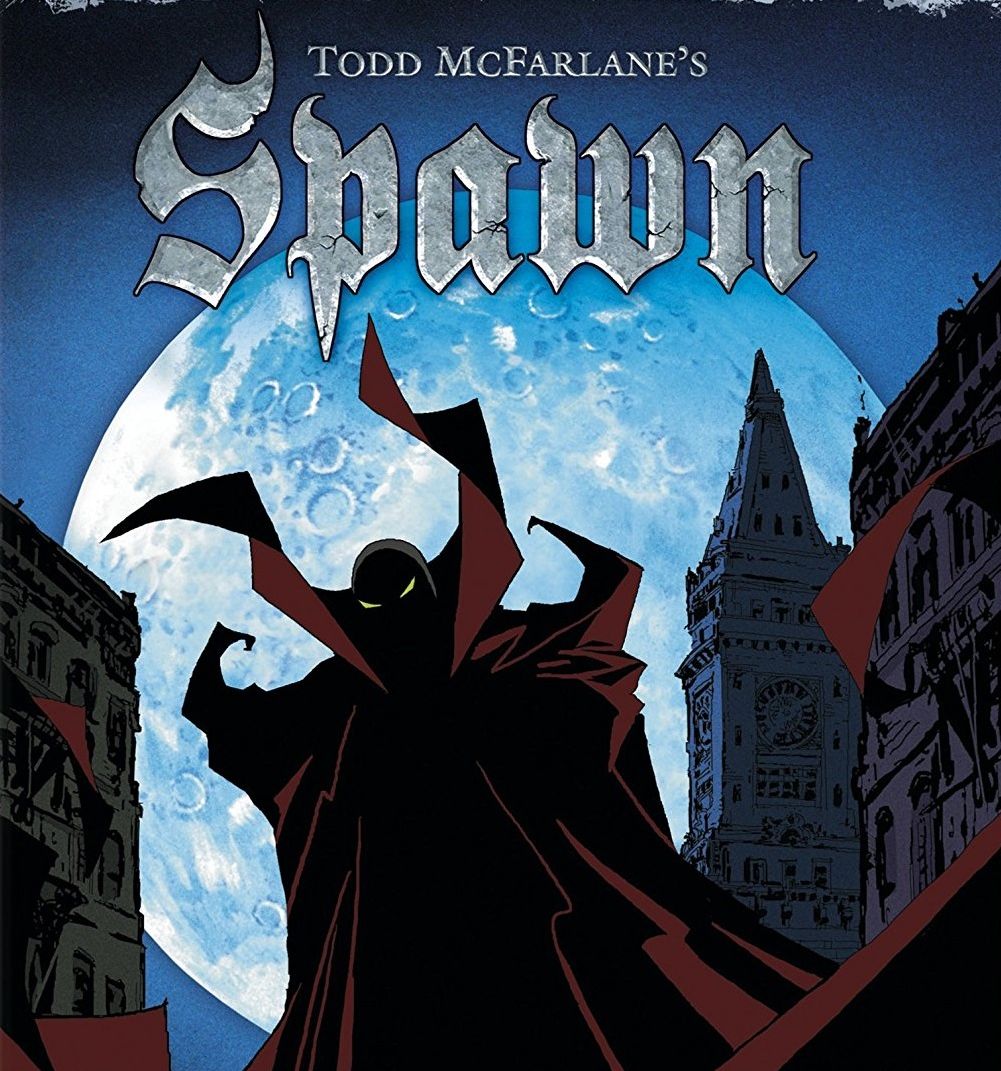
Todd McFarlane’s Spawn is an adult animated series, often referred to as Spawn. It premiered on HBO in 1997 and ran through 1999. It reran on the Toonami programming block in Japan by Cartoon Network.
DC and Marvel may dominate the industry but it is essential to remember the impact and popularity of Image Comics. Todd McFarlane’s Spawn is based on Spawn from Image Comics and it is a critically acclaimed animated series, having won an Emmy for Outstanding Animation Program in 1999.
With DC and Marvel decimating the markets in the 1990s, it is remarkable that despite all the criticism that Todd McFarlane has faced, be it regarding his artwork or collaborations, he was able to make Spawn stand against the industry giants. Even though one man cannot transform a company into an empire, McFarlane’s Spawn surely played a huge role in revamping and elevating Image Comics, putting it up on a pedestal.
Spawn has a very interesting origin story, different from the regular death of parents situation faced by most of our favorite superheroes. Albert Francis Simmons of Detroit is sent to Hell after being burnt to death. There, he makes a deal with the devil named Malebolgia. Following this, Simon agrees to turn into a Hellspawn and be a servant of Malebolgia, provided he gets to meet his wife Wanda for one last time.
This origin story pulls in readers and viewers from every sphere of life, irrespective of their age groups (80-year-old grandparents might be an exception) but several readers have been disappointed with the comics. As Image Comics dealt with mythology in the story, a lot of it got convoluted in the process and the plots felt empty.
Todd McFarlane collaborated with Alan McElroy (the writer behind Halloween 4: The Return of Michael Myers and Wrong Turn). Campy aspects from the comic books were ditched and the focus was shifted to the depth and darkness of Albert Simmons respawning as a Hellish entity. Even though he becomes a horrifying monster who must harvest souls for the undead army in Hell, his objective is motivated by his love for his widowed wife.
The show is full of characters grounded in emotional complexity even though the premise is fantastical. It is strange how animation has the leeway to step out of reality more than any other format and is often used for that very purpose and yet, it tends to be more emotionally realistic than movies grounded in reality. The Titanic was a real ship and shipwrecks due to icebergs are common but the movie is still a fantasy as realistically, Jack would try to get onto the door board because c’mon, there was space.
Keith David did a phenomenal job voicing Spawn and managed to sound like a tortured Hellspawn who has to deal with the consequences of his emotions as he journeys towards redemption.
Pinky and the Brain (1995)
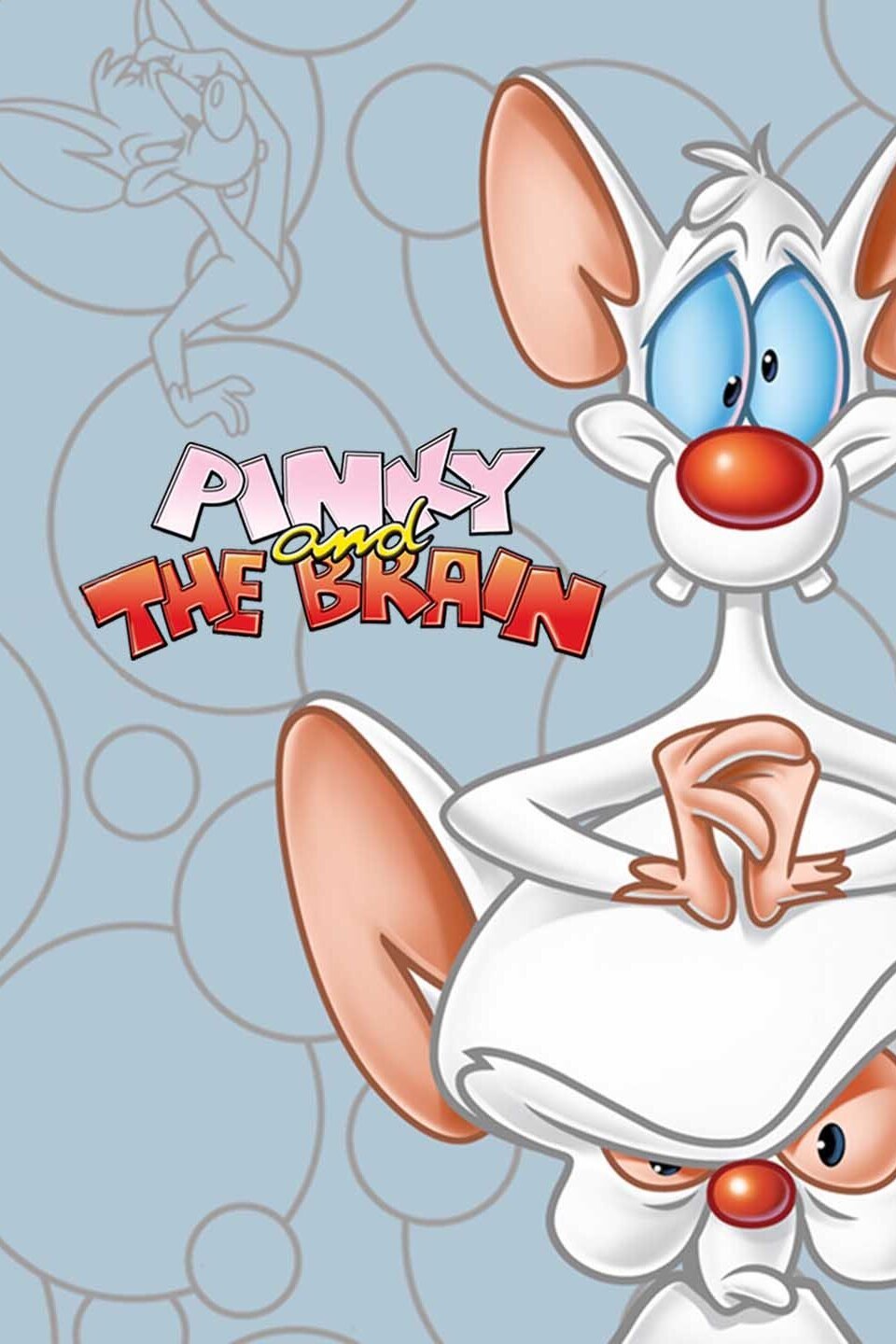
Steven Spielberg is renowned as a film director, having directed some of Hollywood’s biggest movies such as Jaws, E.T. the Extra-Terrestrial, Jurassic Park, and the Indiana Jones movies. But if you’re somewhat of a fusion between an animation nerd and a film buff, you probably know Spielberg as the executive producer of several popular animation series such as Animaniacs, Freakazoid!, Tiny Toon Adventures, and of course, Pinky and the Brain.
This American animated series produced by Warner Bros. Animation is the first animation that was presented with Dolby Surround sound.
Pinky and the Brain are laboratory mice. They have been enhanced genetically and are made to live in a cage in Acme Labs, which is located under a suspension bridge in some large American cities. Loyal to its name, Brain is intelligent and has a scheming nature. It is self-centered and plans for world domination. Contrary to that, Pinky is feeble in mind but good at heart.
Brain’s plan to take over the world fails due to its overconfidence and pride. Pinkies bumbling is also a contributing factor but due to Brain’s arrogance, Brain does not consider it.
The premises for the show are unique. Many of the episodes take place in historical eras as Pinky and Brain find themselves in the laboratory of scientists such as Ivan Pavlov, Johannes Gutenberg, Merlin, and H.G. Wells.
Most of the episodes revolve around Brain’s world domination plans and its failures. Some others have other plot points such as the time when Brain decides to do anything except take over the world, or when Snowball decides to take over the world using Microsponge (which is a parody for Microsoft).
Both Pinky and Brain have intelligence better than that of regular mice, thanks to the genetic alterations and the splicing that they have undergone. They can talk to humans as well. The hamster Snowball and Precious the cat have also been genetically modified with the help of the Acme Gene Splicer, Hot Dog Steamer, and Bagel Warmer.
Pinky and Brain are not evil, even though Brain wants to take over the world and Pinky assists Brain. In a Christmas special episode, Pinky had written to Santa Claus, telling him that Brain had the best interests at heart when it came to the world.
When cartoons deal with characters wanting to dominate the world, it is often the villains. But here, we see the main characters being assigned the duty of an activity that is traditionally villainous.
And with that, today’s video comes to an end. Have you watched these cartoons? What did you think of them? Did you enjoy this video? If yes, don’t forget to like and comment on this video. Till then, goodbye and have a nice day!
